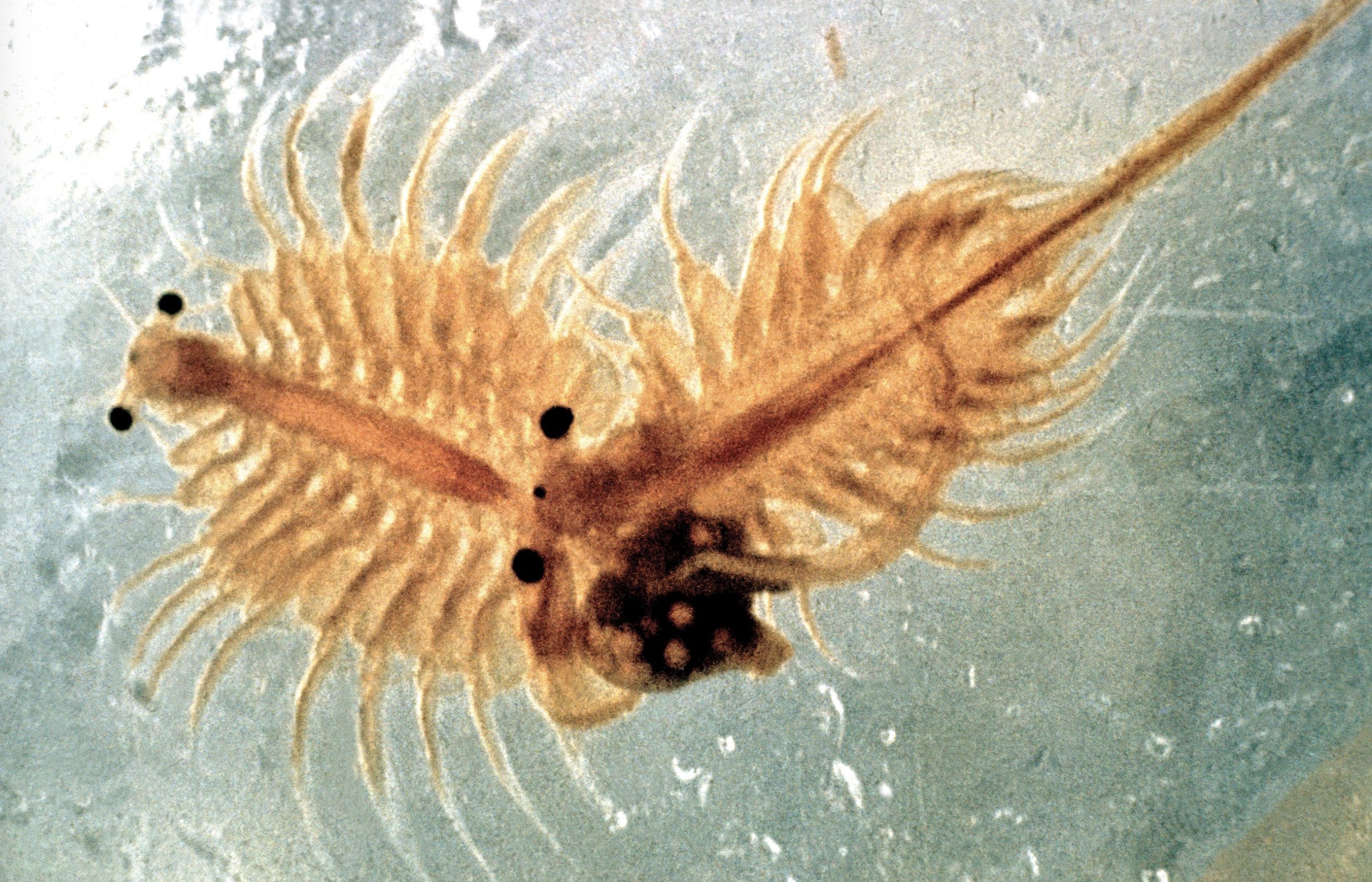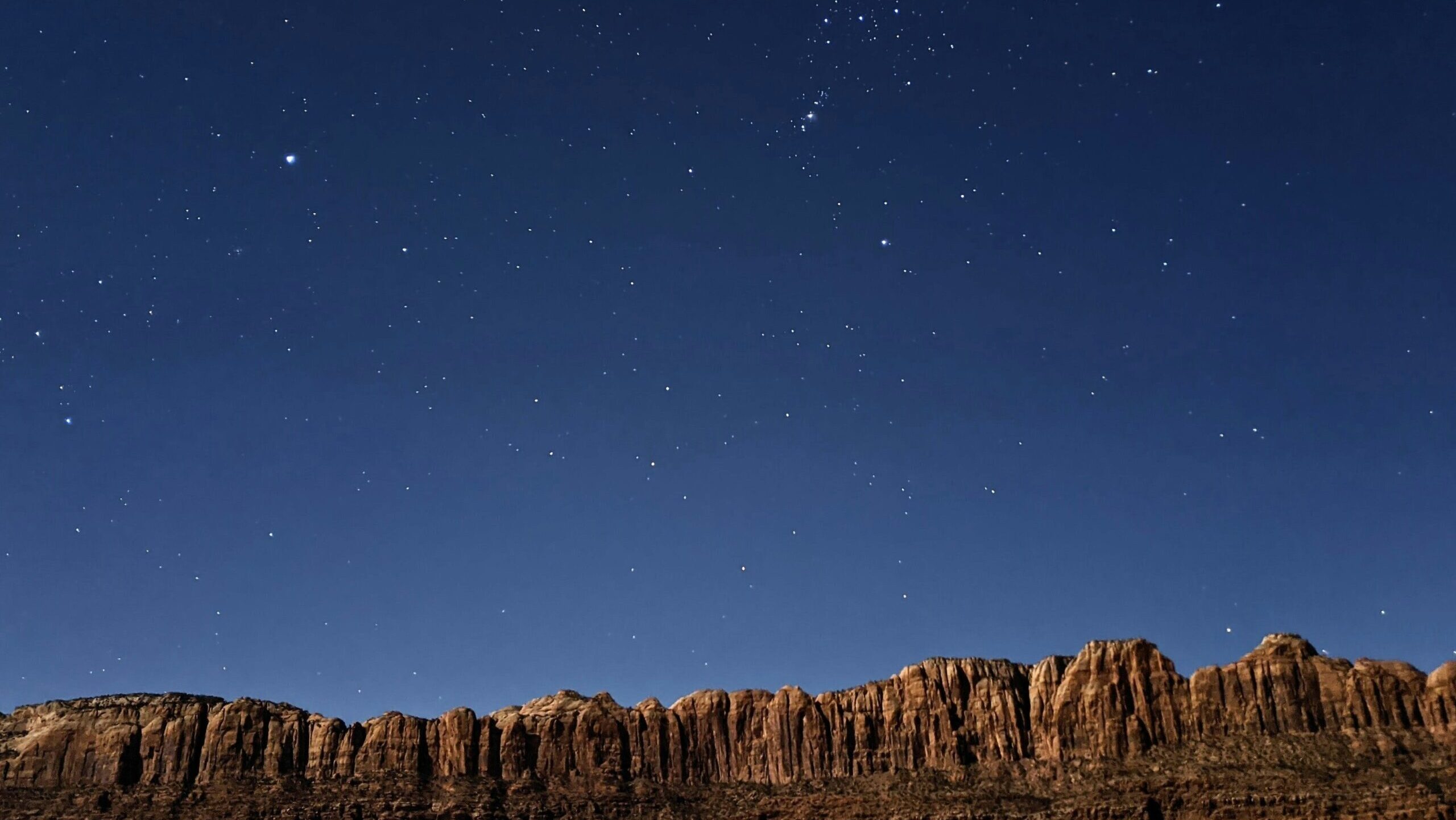Some information may be outdated.
Only seven states in the U.S. have designated state crustaceans: Louisiana was the first to designate the Louisiana crawfish as its state crustacean in 1983. The state was followed by five others: Maryland with the blue crab, Oregon with the Dungeness crab, Alabama with the brown shrimp, Maine with the lobster, Texas with the Texas Gulf shrimp, and now, as of March 20, Utah, with the brine shrimp.
The designation is meant to shine a spotlight on the Great Salt Lake, the largest remaining saltwater lake in the western hemisphere. While brine shrimp live in salty waters all over the world, in Utah, they’re found only in the Great Salt Lake. They play a critical role in the lake’s ecosystem: the shrimp eat algae in the lake and are then eaten in turn by the 10 million migratory birds that visit the lake and its associated wetlands each year.
“A variety of these birds feed on the brine shrimp in the Great Salt Lake, either exclusively or opportunistically, to fuel their long migrations,” the Utah Department of Natural Resources wrote in a press release. “Eared grebes, in particular, molt while they are migrating through Utah in the fall, which means they are flightless and completely dependent on the brine shrimp in the Great Salt Lake for food. They will eat between 25,000 to 30,000 brine shrimp a day (the shrimp range from 1/3 of an inch to 1/2 an inch, but still, that’s a lot of shrimp).

Brine shrimp eggs—called cysts—contribute to a multi-million dollar industry, according to the DNR: the eggs are harvested by private companies and used as food for fish and other commercially grown shrimp. The Great Salt Lake’s commercial brine shrimp fishery supplies over 40% of the worldwide demand for brine shrimp and their eggs.
But the shrimps’ habitat is threatened: the Great Salt Lake is drying up. In November 2022, the lake reached a historically low surface level elevation of 4,188.5 feet, according to USGS data.
In January, Brigham Young University researchers published a report that estimated that without a “dramatic increase in water flow to the lake in 2023 and 2024,” the lake could dry up in five years. The drying cause is excessive water use, the report says, and it’s in a dire state: “At 19 feet below its average natural level since 1850, the lake is in uncharted territory. It has lost 73% of its water and 60% of its surface area.”
As the lake’s water levels decrease, the water’s salinity rises. According to the DNR, this could impact the brine shrimp by killing off the algae the shrimp consume and by impacting the shrimps’ reproductive capacity.
Plus, the BYU report says, the dried lakebed itself could expose the surrounding area to toxic dust.
“Most Utahns do not realize the urgency of this crisis,” the report says. “Examples from around the world show that saline lake loss triggers a long-term cycle of environmental, health, and economic suffering. Without a coordinated rescue, we can expect widespread air and water pollution, numerous Endangered Species Act listings, and declines in agriculture, industry, and overall quality of life.”
Utah Governor Spencer Cox said the lake is “crucial to our environment, ecology, and economy, and we must do everything we can to protect it.” Following this winter’s snowfall, the lake is now two feet above the November record, putting it at a surface-level elevation of around 4,190 feet.
Appreciate the coverage? Help keep local news alive.
Chip in to support the Moab Sun News.





